Maasai Community Teach their Students about Solar Power for Earth Day
All over the world people are taking action for Earth Day and the March for Science, which are both happening on Saturday April 22nd. There is a global surge of support for the progress of scientific research, climate change campaigning and sustainability education. In solidarity with this fantastic movement, our partner project Archdiocese of Arusha in Monduli, rural Tanzania, have been raising the climate literacy levels of the Maasai community, by running our explorative, hands- on science project ‘What’s Inside a Little Sun Lamp’.
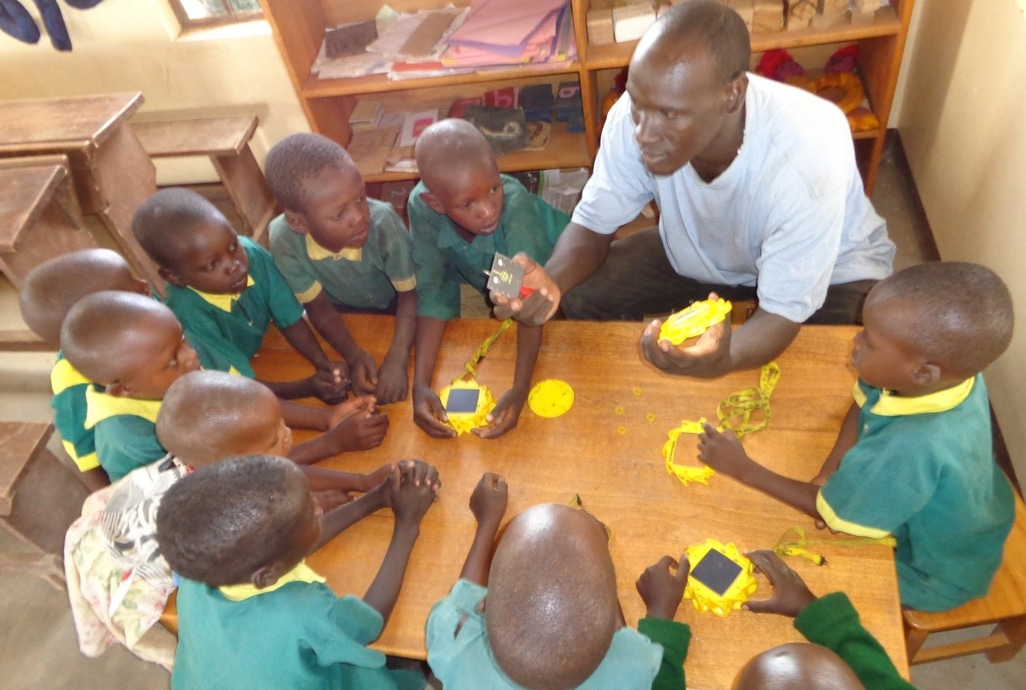
Little Sun lamps are familiar friends of the Maasai community in Monduli – so far 800 have been distributed to school children and their families. The solar lamps light homes at night, help children to study, and guide people safely around their remote unlit bush settlements after dark. The activation around Earth Day encouraged the community to take a step further, and learn about solar power by exploring inside the lamp. Let’s see how they got on…
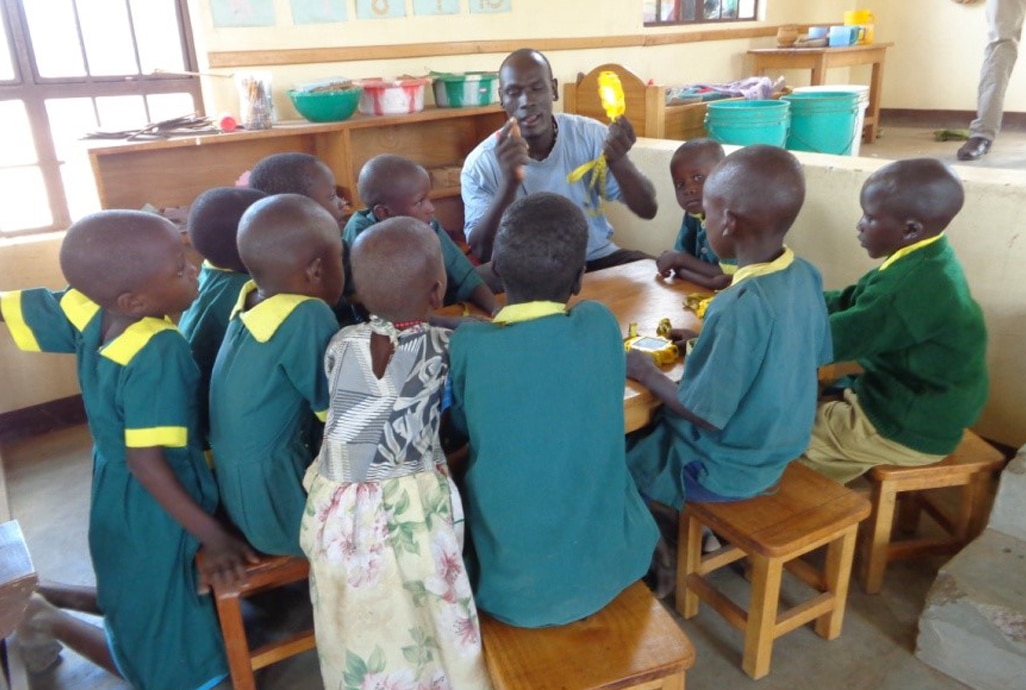
Exploration
A group of eager 5-6 year olds gathered around their teacher, who passed around the Little Suns and talked them through the different external parts, then step by step the outer shell was opened up with a small screwdriver to reveal the tech magic inside!
Throughout the demonstration the children were curious to know how each part felt and what they looked like up close, bursting with questions like: “how are these small wires connected to produce sun?!”
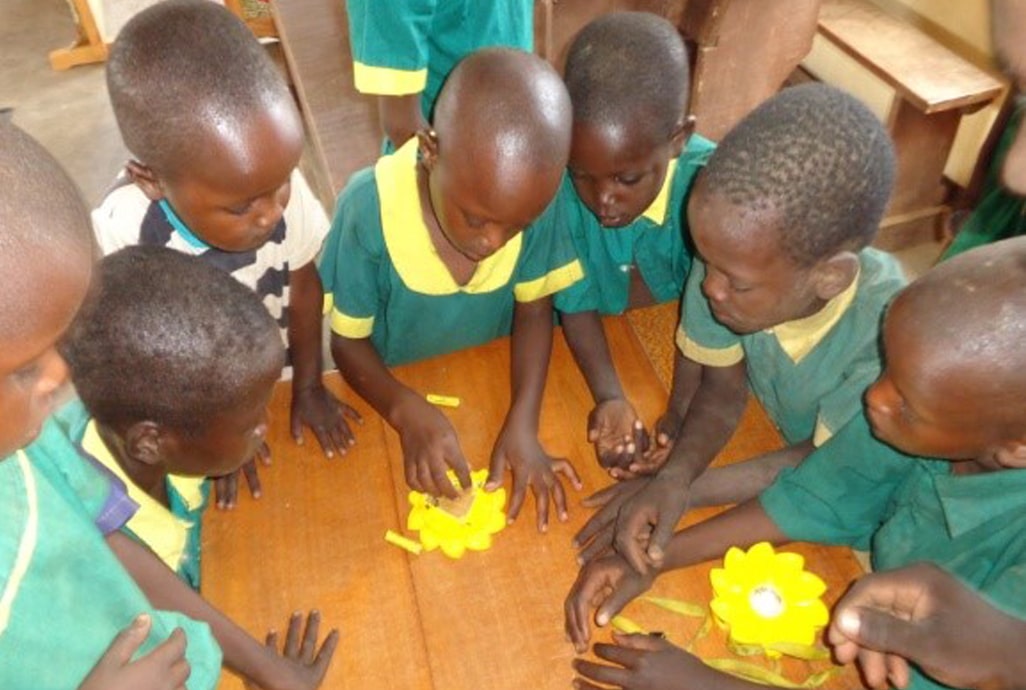
Reconnection
Once all the parts of the Little Sun had been explained, and lay spread across the table, the next mystery for the children was how everything would fit back together again so the Little Sun would return to its original shape. After demonstration, the teacher allowed the children to try fixing the Little Sun back together themselves, and was pleasantly surprised to find that the children were not only eager to complete the process, but they could remember and work out how each part connected with the others to make the light work again.
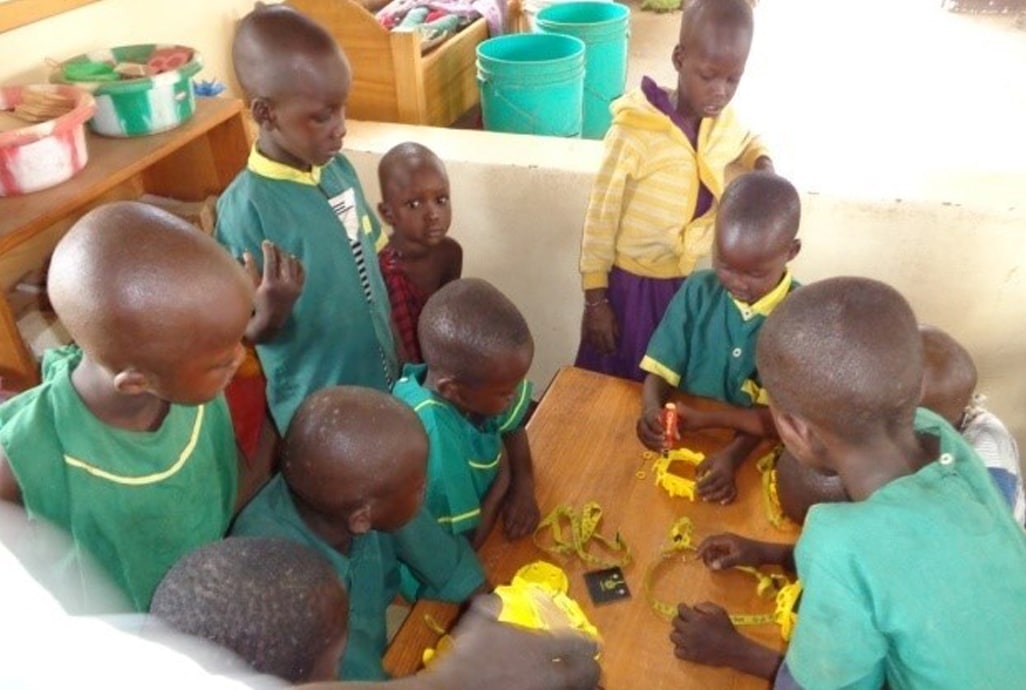
Evaluation
The hands on journey through the little sun lamp left the children buzzing with questions:
“Teacher! Who made this little solar lamp?”
“How strong is the sun so as to produce such light?”
‘‘Why is one side black and the other one white?”
“How does the light enter until the light is produced?”
“Why is it that the solar panel cannot be fixed to the other side?”
“Can this Little Sun lamp get destroyed if rained on?”

Sharing Knowledge
The children’s parents and members of the school committee were also invited to enjoy the solar lamp workshop. Eager to show what they had learnt, the children excitedly dismantled and reconnected the Little Suns, demonstrating to the adults all the steps along the way, sharing their knowledge, and shining with pride as they did so.
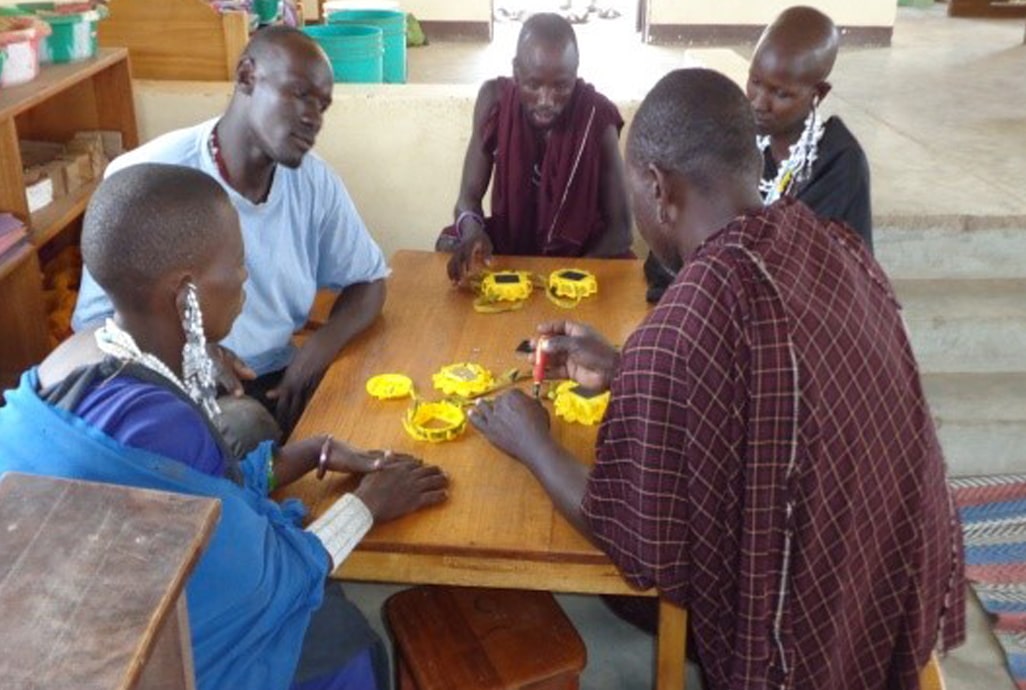
The Maasai community learnt about how a solar lamp harnesses the power of the sun through all of its individual parts working together. What did we learn from the story of the Maasai community’s Little Sun workshop? Keep curious, stay engaged, learn about how your environment works and how to look after it, and share your knowledge with each other.
Just like all of the parts inside the Little Sun lamp, we too as a global community need to be powered by science, and continue to work together to produce something positive and amazing, radiating clean, healthy, honest light.

If you would like to do the same solar education workshop as the Maasai community, you can download it here. For more information on our education projects, or to know more about how you can get involved as a Little Sun project partner, please send an email to eva@littlesun.com.

